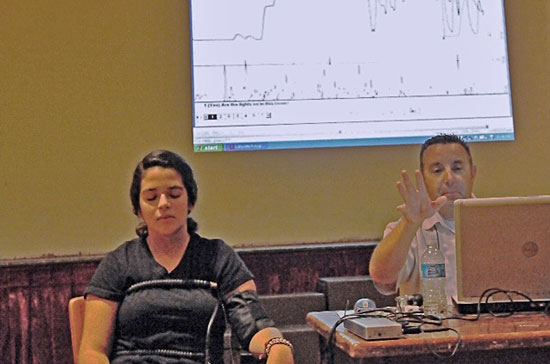Jail alternatives gain momentum

Thousands of mentally ill inmates are in L.A. County jail cells, making succesful treatment unlikely.
In recent months, a single word has dominated Los Angeles’ criminal justice debate, one that’s positioned the county’s top prosecutor as a champion of reform and consumed meetings of the Board of Supervisors, including this week. The word: diversion.
District Atty. Jackie Lacey, in her first term, is at the forefront of a growing, multi-jurisdictional initiative to provide community-based diversion to thousands of county inmates who suffer from mental illness and can’t be effectively treated behind bars. This, she argues, creates a cycle of recidivism that’s harmful to the individual and that ripples through society. Lacey is expected to present her recommendations in September to the supervisors, who’ve also been confronting the diversion issue.
In early June, the U.S. Department of Justice, noting a rise in jail suicides, criticized the county’s handling of mentally ill inmates and said it was prepared to seek federal court oversight of the lock-up, which is operated by the Sheriff’s Department. But the agency made a point of praising the county for its recent efforts to explore diversion for low-risk offenders.
Diversion also played a key role in the board’s recent debate to raze the old Men’s Central Jail and build a new one designed to double as a treatment facility for inmates with mental health needs. At a cost of at least $2 billion, Supervisor Zev Yaroslavsky cast the only dissenting vote, arguing that community-based diversion programs should have been fully explored before the county committed to its most expensive construction project ever.
On Tuesday, the board again tackled the topic—this time debating a motion by Supervisor Mark Ridley-Thomas to, among other things, commit $20 million for a “coordinated and comprehensive” diversion program for mentally ill inmates. The board, he argued in his motion, “needs to demonstrate its financial commitment to diversion.”
Although supervisors expressed strong support for placing low-risk mentally ill inmates in community-based diversion programs, the majority 0pposed earmarking money without a spending plan. The better way, they said, was to see what Lacey recommends and then consider the funding during the board’s late September budget process.
“We would be making a huge mistake just throwing money at it and saying: ‘Look at us. Aren’t we great at diversion?’” said Supervisor Gloria Molina. “We need to be thoughtful. We need to have a plan.”
Supervisor Yaroslavsky said that nearly a decade ago, the county set aside tens of millions of dollars to combat homelessness. But like now, he said, there was no blueprint for spending it. “We were so excited to have the money to set aside,” he said, “we forgot to develop a plan. And so we shouldn’t make that mistake a second time.”
“We need to have a road map,” Yaroslavsky continued. “I have confidence that under the leadership of the district attorney, with the participation of all of us, we can develop something like that.”
The board voted to consider the motion’s funding element during supplemental budget deliberations in late September.
Posted 7/31/14























